Top Things to Know Before Buying Plant Stands for Your Indoor Jungle
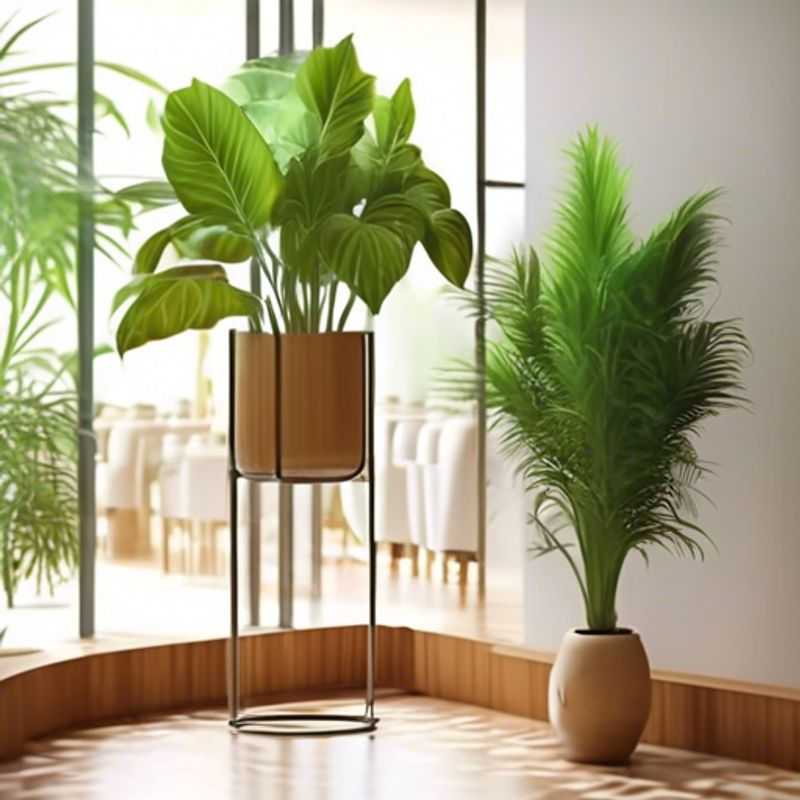
Top Things to Know Before Buying Plant Stands Indoor: Size, Height, Material, Drainage, Adjustability, Space, Stability
Bringing the outdoors in with houseplants is a wonderful way to enhance your living space, but choosing the right plant stand is essential to ensure both beauty and functionality. Before you embark on your plant stand shopping spree, consider these key factors:
Consider the size and weight capacity of the plant stand.
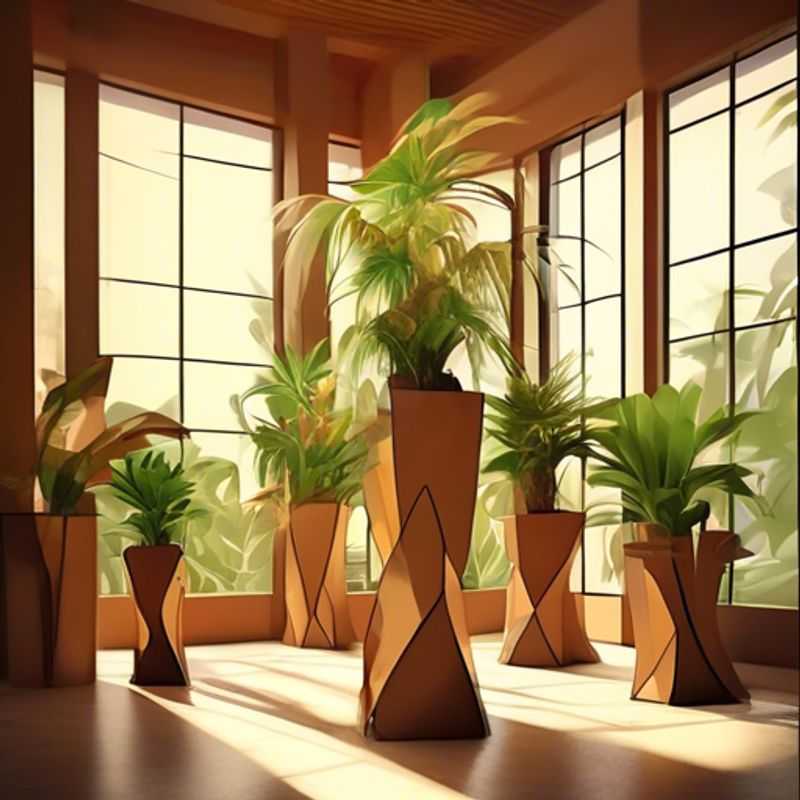
Choosing the Right Plant Stand: Size and Weight Capacity Matter
Choosing the right plant stand is crucial, especially when you're dealing with larger or heavier plants. To ensure stability and prevent accidents, it's essential to consider the size and weight capacity of the plant stand.
First, measure the dimensions of your plant, including its pot. This will help you determine the appropriate size of the stand. A stand that's too small can be unstable, while one that's too large can be overwhelming.
Secondly, consider the weight of the plant, taking into account the weight of the pot and any additional decorations. Make sure the stand's weight capacity can comfortably handle the load. A sturdy stand, often made of metal or wood, can support heavier plants.
It's also important to consider the materials used. Metal stands are typically more durable and can handle heavier plants. Wooden stands provide a more rustic look but may not be as sturdy.
Finally, don't forget to factor in the stability of the stand. A stand with a wide base is more stable and less likely to tip over. Ensure the stand's base is appropriate for the size and weight of the plant.
By considering these factors, you can choose a plant stand that will safely and beautifully display your plants. Remember to always prioritize stability and strength over aesthetics.

Finding the Perfect Height: A Guide to Plant Placement and Space Optimization
Determining the ideal height for your plants is crucial for ensuring their optimal growth and creating a visually pleasing and harmonious space. There are various factors to consider when choosing the right height for your plants. Firstly, consider the plant's natural growth habit. Some plants are naturally tall and require ample vertical space, while others remain relatively compact. Secondly, assess the available space. Measure the height of your ceilings, shelves, or any other surfaces where you plan to place your plants. Thirdly, consider the potential for growth. Over time, plants will grow and may require more vertical space. If you have a limited space, opt for smaller or slow-growing varieties.
The ideal height for your plants can also be influenced by the type of container used. For instance, tall containers are ideal for taller plants, while shorter containers are suitable for smaller plants. Additionally, consider the overall aesthetic of your space. Tall plants can add a sense of grandeur and verticality, while shorter plants can create a cozy and intimate atmosphere. When choosing plants, it's essential to research their mature height to ensure they will fit comfortably in your space and complement the overall design.
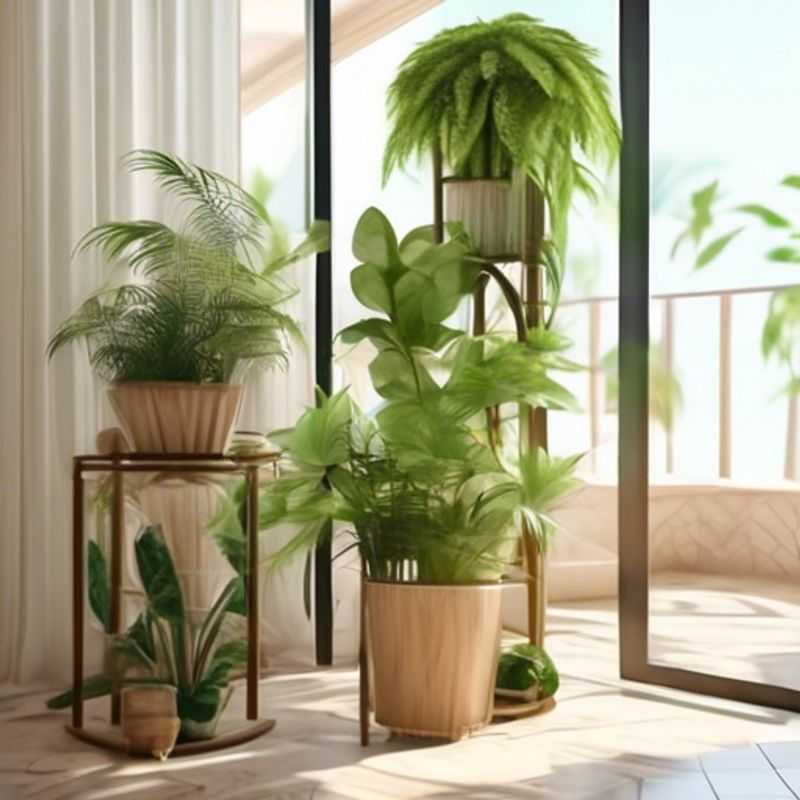
Built to Last: Why Durable Stands Matter (Metal & Wood)
When searching for stands, prioritize durability. Opt for materials like metal or wood. These materials offer excellent sturdiness and longevity, ensuring your stand can withstand the test of time and frequent use.
Metal stands are often favored for their strength and resistance to wear and tear. They are ideal for heavier items and can be easily cleaned. Wood stands, on the other hand, provide a more natural and elegant aesthetic. They are known for their warmth and can be stained or painted to complement your décor. Consider your specific needs and preferences when making your choice.
Remember to look for stands with a solid base and a sturdy construction. Ensure the stand is balanced and stable to prevent any accidental tipping or falls. Ultimately, the best material for your stand depends on your individual requirements and preferences.
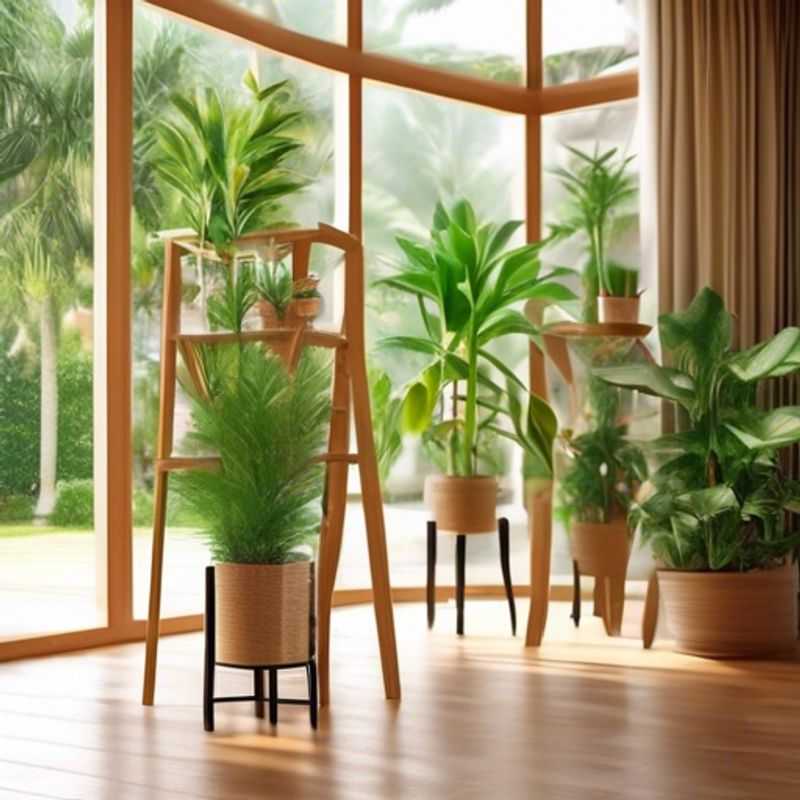
Keeping Your Plants Happy: Ensuring Proper Drainage for Potted Plants
Proper drainage is essential for the health of your potted plants. Excess water can lead to root rot, a common problem that can kill your plants. A drainage system allows excess water to escape, preventing the roots from becoming waterlogged.
Here are some essential tips for ensuring your plant stand has proper drainage:
1. Select a stand with drainage holes: Look for stands with pre-existing holes in the bottom. These holes allow excess water to drain away from the pots. If your stand doesn't have drainage holes, you can always drill some yourself.
2. Use a drainage tray: Place a tray or saucer underneath the plant stand to collect excess water. This helps prevent water from damaging your floors.
3. Consider a drainage layer: A layer of gravel or pebbles in the bottom of your pots can also improve drainage by creating air pockets. This allows excess water to drain away from the roots more efficiently.
4. Don't overwater: Even with proper drainage, you should still be careful not to overwater your plants. Allow the soil to dry slightly between waterings.
Ensuring proper drainage for your potted plants is essential for their well-being and your peace of mind. These steps will help to create a healthy environment for your plants and make your life as a plant parent a little easier.
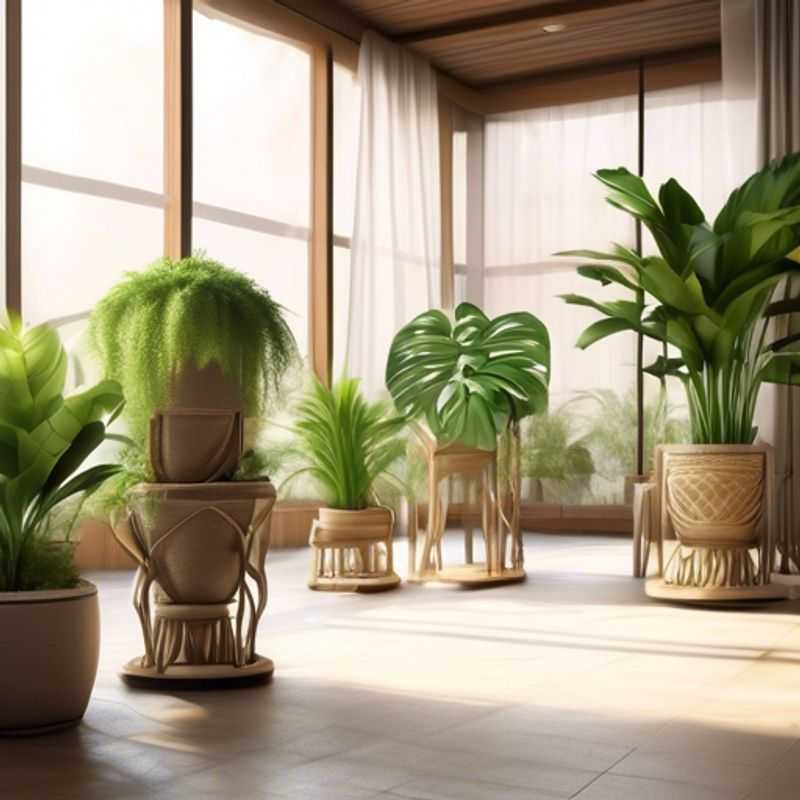
Ergonomics and Versatility: Choosing the Right Adjustable Stand
When choosing a stand, especially for a monitor, it's crucial to assess if it's adjustable or offers multiple tiers. This decision impacts your posture, comfort, and overall workspace ergonomics. Adjustable stands empower you to fine-tune the height of your monitor to achieve a comfortable viewing angle, reducing strain on your neck and back. Multiple tiers provide a more versatile setup, allowing you to accommodate additional devices or accessories like a laptop, keyboard, or even a plant.
The type of adjustment depends on the stand. Some offer simple height adjustments, while others have tilting, swiveling, and rotating capabilities. Consider your needs and the devices you'll be using when selecting a stand with the appropriate features. A well-designed stand can significantly enhance your workspace and contribute to your well-being. Remember, a small investment in an adjustable or multi-tiered stand can yield big returns in terms of comfort and productivity.
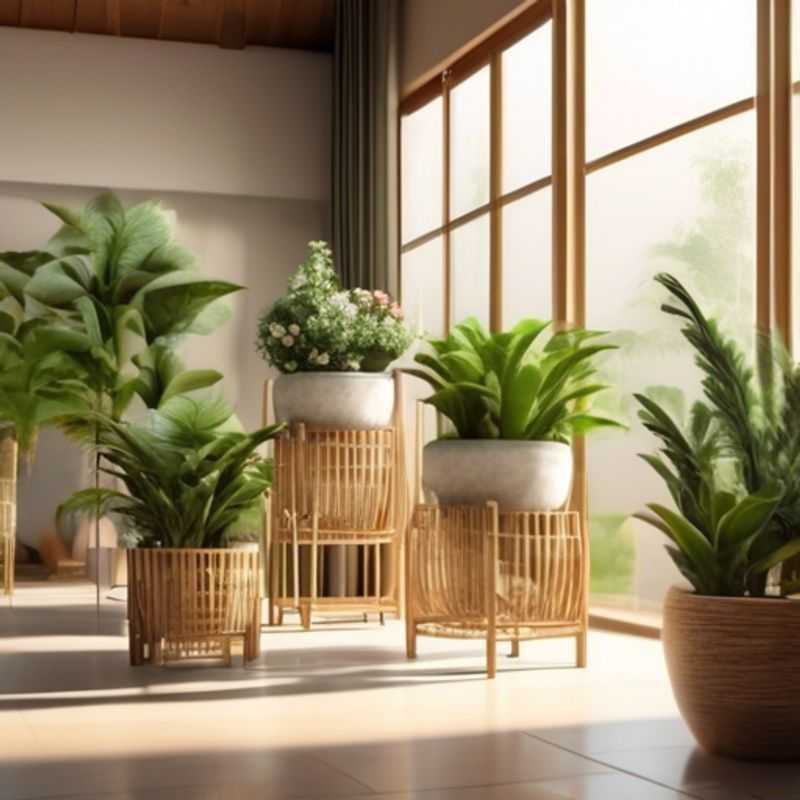
Measuring Your Indoor Space: A Guide to Maximizing Your Area
Measuring your indoor floor space is a simple yet crucial step for various purposes, from furniture arrangement to renovation planning. Here's a concise guide to help you get an accurate measurement:
1. Gather Your Tools: You'll need a measuring tape – a standard 25-foot tape measure will suffice for most rooms. A notepad and pen are also handy for jotting down measurements.
2. Start with the Walls: Measure the length and width of each wall. It's important to measure along the baseboards or trim for the most accurate result.
3. Don't Forget Irregular Shapes: If your room has alcoves, bays, or other irregularities, measure those areas separately and add them to your overall calculations.
4. Measure Openings: Account for any doorways, windows, or other openings that will reduce your usable floor space. Subtract those areas from the total wall measurements.
5. Double-Check: Always double-check your measurements for accuracy. It's better to re-measure than to have inaccurate calculations.
Additional Tips:
* Consider Hiring a Professional: For complex spaces or if you need a very precise measurement, it's always a good idea to consult a professional home inspector or surveyor. They have the tools and expertise to accurately measure even challenging areas.
* Use a Floor Plan: If you have a floor plan of your house, it can be a helpful visual aid for visualizing the dimensions of your space.
* Online Calculators: Several online calculators can help you calculate the area of your room using your measurements. Just search for "room area calculator" on your preferred search engine.
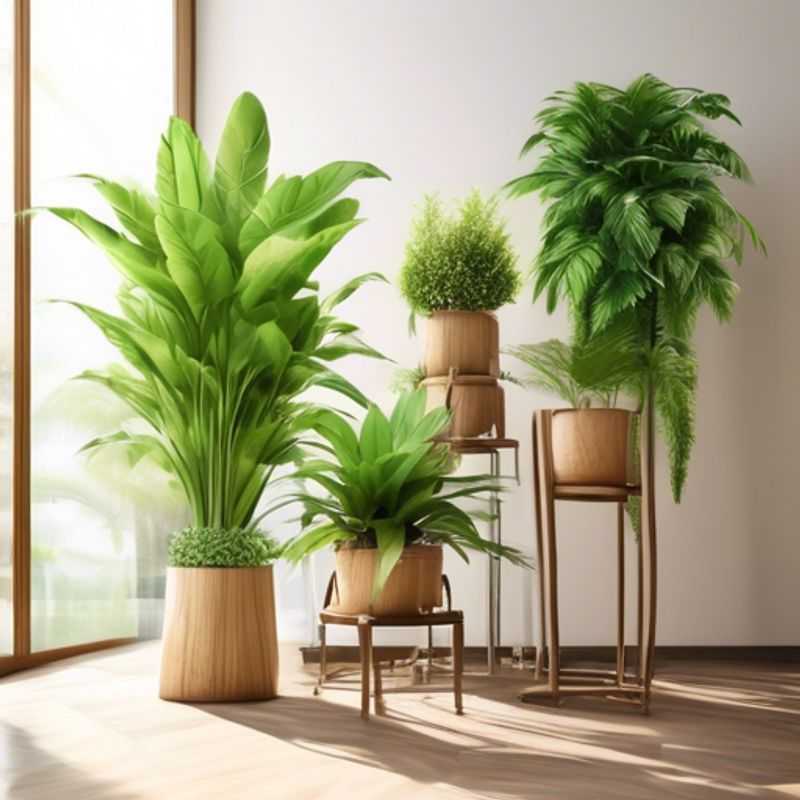
Stable Stand, Steady Performance: Why a Strong Base Matters
When selecting stands with a stable base, it's crucial to prioritize stability to prevent tipping and ensure safety. A sturdy base minimizes the risk of accidents and enhances the longevity of the stand. Look for stands made from quality materials such as heavy-duty metal or reinforced plastic, as these provide better support. Additionally, consider the weight distribution of the stand; wider bases generally offer more stability. It's also beneficial to check for non-slip features, which can further enhance grip on various surfaces.
When estimating a plan for purchasing or using stands, consider any paid activities that may arise, such as installation services if the stands are complex. Additionally, factor in the cost of any accessories that may be needed to enhance stability, such as weighted attachments or anchor kits. If you are in an environment susceptible to movement or vibration, investing in high-quality, stable stands can save money in the long run by preventing damage and ensuring safety.
In summary, opting for stands with a stable base is a wise decision for both safety and durability. Always research the specific products and consult professional reviews to make informed choices.
